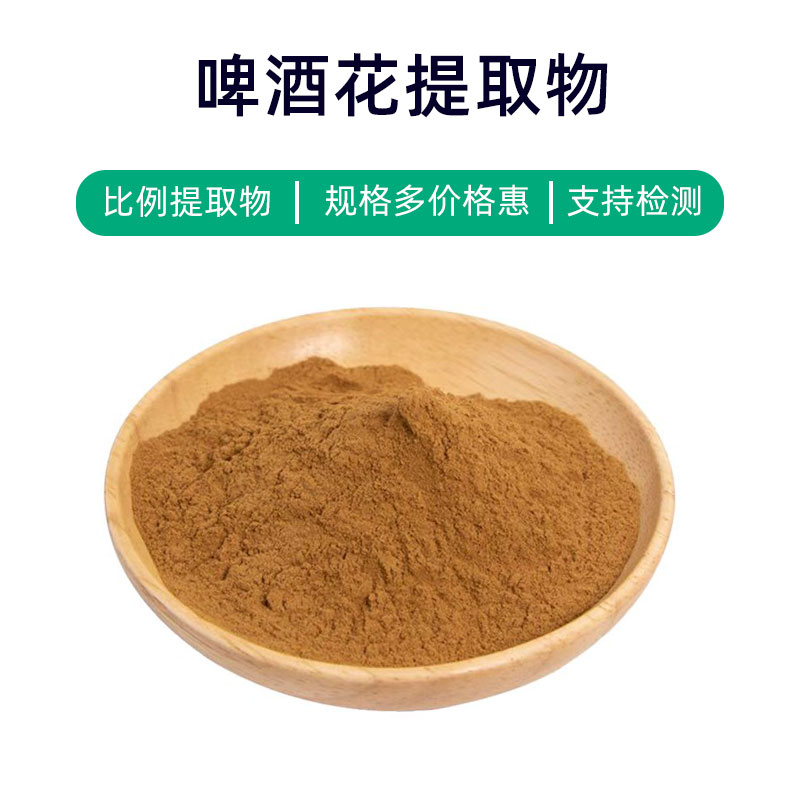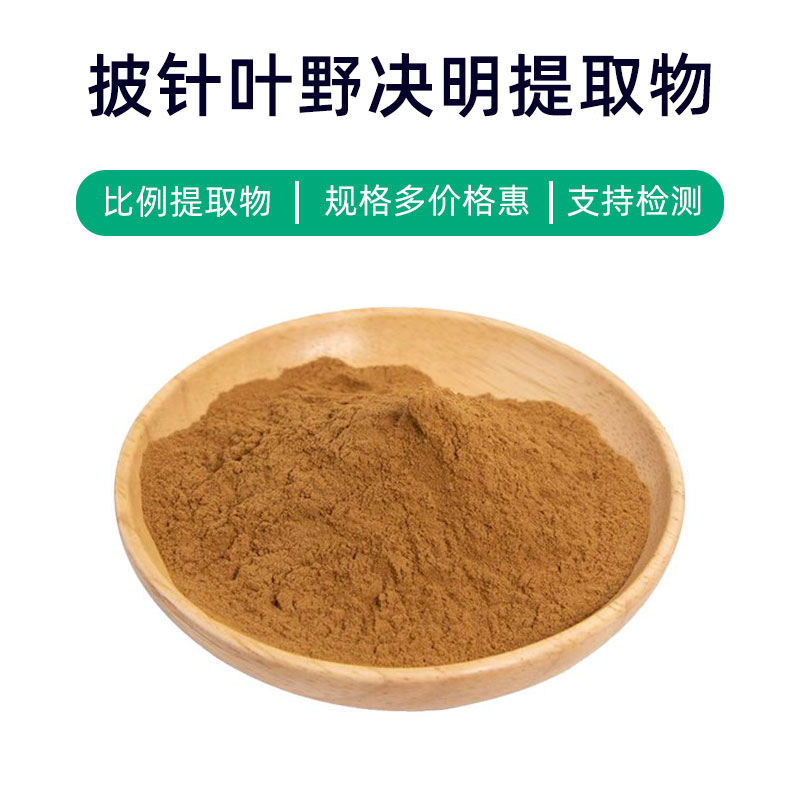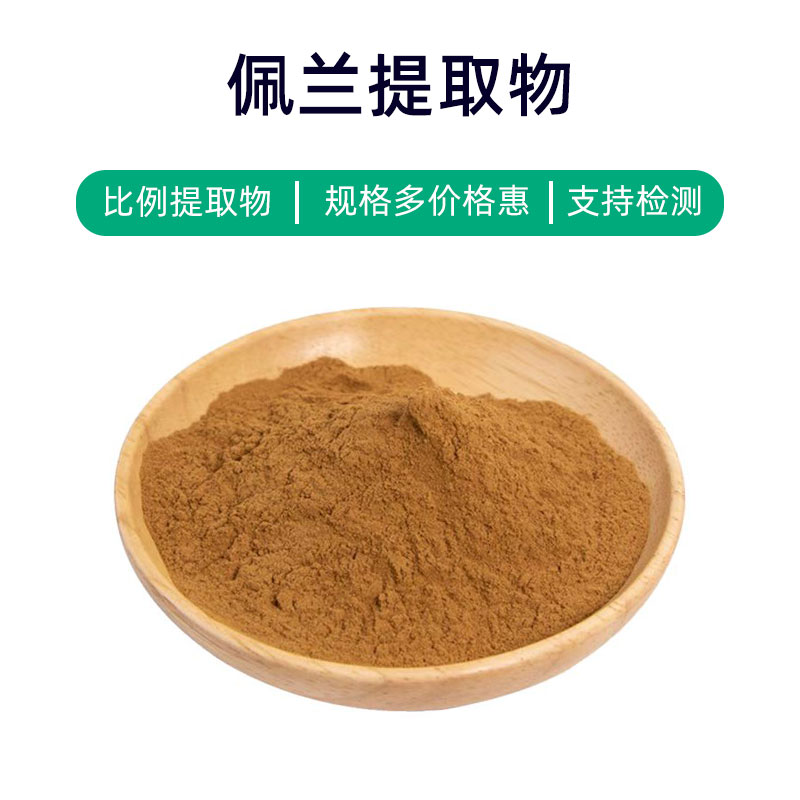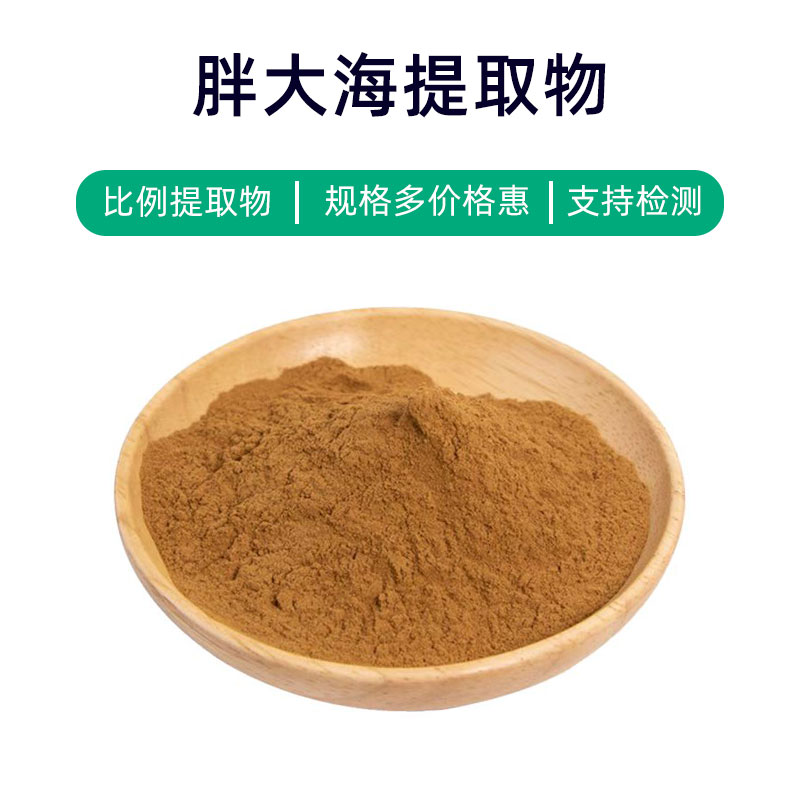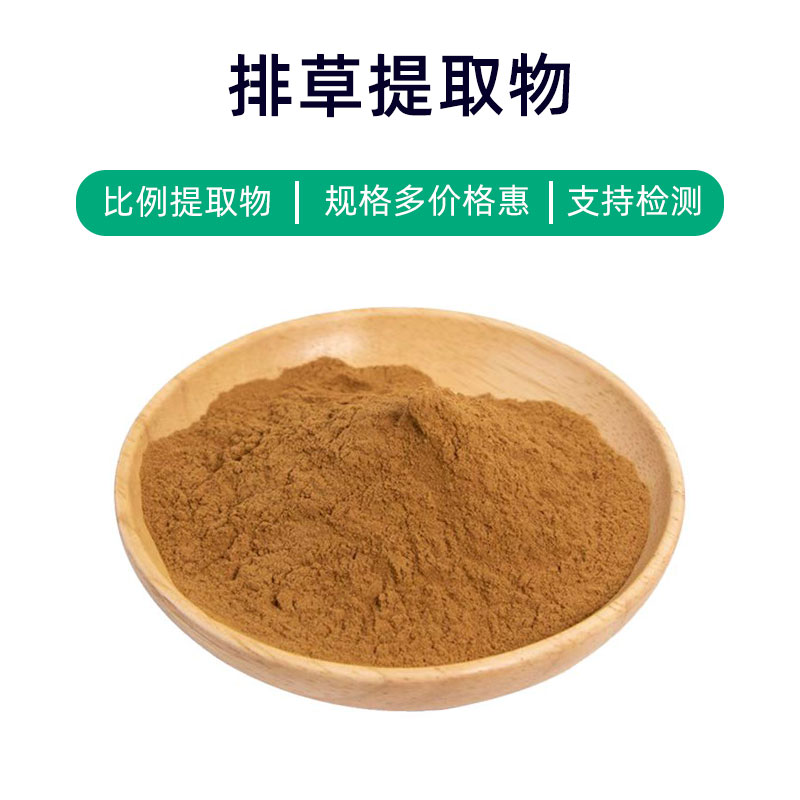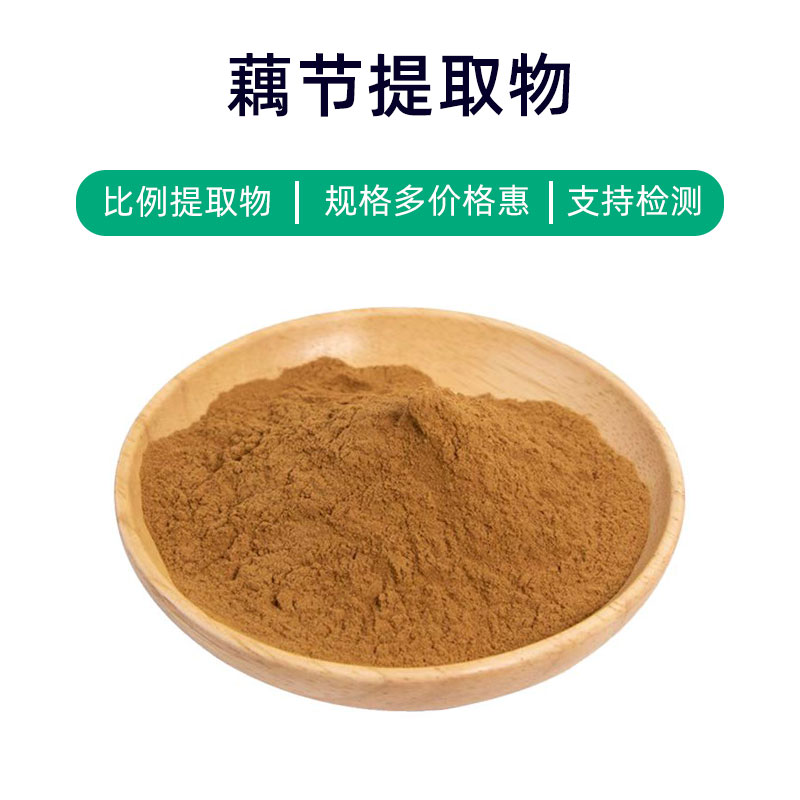Epimedium Extract Product Introduction
Epimedium extract is a natural plant extract derived from the Epimedium plant, with key components including flavonoids (like icariin), alkaloids, and polysaccharides. These constituents provide a variety of effects and applications.
Firstly, Epimedium extract is widely used in the pharmaceutical field. Its flavonoids are believed to improve male sexual function, helping to treat erectile dysfunction and premature ejaculation, and are considered beneficial for prostate health. Additionally, Epimedium extract is used to support bone health, assisting in increasing bone density and may help in preventing osteoporosis.
Secondly, Epimedium extract also plays an important role in dietary supplements. It is often included in male health products to enhance sexual function and libido, improving quality of life. At the same time, it is commonly found in women’s health supplements, aiding in alleviating menopausal discomfort and enhancing female wellness.
Moreover, Epimedium extract is extensively used in cosmetics. The polysaccharides it contains offer excellent moisturizing and antioxidant properties, nourishing the skin, improving dryness and roughness, enhancing skin elasticity, and delaying skin aging to make the skin smoother and finer.
Overall, as a natural plant extract, Epimedium extract has various effects and applications across medicine, dietary supplements, and cosmetics, providing valuable benefits for health and beauty.
Epimedium Extract Production Process
The production process of Epimedium extract typically includes the following main steps:
- Raw Material Collection: First, select high-quality Epimedium plants as raw materials for extraction. These plants are typically harvested during the growing season, choosing healthy ones free from pests and diseases.
- Rough Processing: The collected Epimedium undergoes cleaning and crushing to prepare it for extraction.
- Extraction: The processed Epimedium raw material is placed in extraction equipment, using suitable solvents (such as ethanol or water) for extraction. The extraction can employ methods like cold soaking or heated extraction, with time and temperature strictly controlled to ensure effectiveness.
- Filtration and Concentration: The extracted solution is filtered to remove impurities, then concentrated by evaporating the solvent, yielding concentrated Epimedium extract.
- Crystallization and Purification: The concentrated extract undergoes crystallization and purification to enhance product purity and stability.
- Drying: The purified Epimedium extract is dried to remove residual moisture, resulting in a dry powder or granular form.
- Packaging: Finally, the dried Epimedium extract is packaged, typically in sealed aluminum foil bags or plastic containers to maintain stability and freshness.
Each step of the production process needs careful control of parameters and conditions to ensure product quality and safety. Simultaneously, the production process must comply with relevant manufacturing standards to meet legal and regulatory requirements.
Epimedium Extract Effects and Side Effects
Epimedium extract is a commonly used natural plant extract with multiple effects, including the following aspects:
- Anti-inflammatory Effects: Epimedium extract contains rich bioactive components that exhibit significant anti-inflammatory properties, which can alleviate discomfort and pain caused by inflammation.
- Antioxidant Effects: The polyphenolic compounds in Epimedium extract possess strong antioxidant properties, helping to eliminate free radicals in the body and reduce oxidative stress-related damage, supporting overall health.
- Antimicrobial Effects: Epimedium extract contains various antibacterial components that can inhibit the growth of bacteria and fungi, effectively combating certain common pathogens.
- Promoting Wound Healing: Epimedium extract has mild irritant properties on the skin, promoting wound healing, reducing inflammation, and speeding up skin tissue repair and regeneration.
- Vasodilation: Active ingredients in Epimedium extract can inhibit the contraction of vascular smooth muscle, helping to lower blood pressure and improve circulation.
- Immune Regulation: Epimedium extract can modulate the immune system, enhancing the body's resilience, and is effective in preventing and assisting the treatment of certain immune-related diseases.
- Liver Protection: Research indicates that certain components in Epimedium extract have protective effects on the liver, helping to alleviate liver damage and promote the repair and regeneration of liver cells.
Despite its various effects, caution is advised when using Epimedium extract:
- Allergic Reactions: Some individuals may have allergic reactions to certain components in Epimedium extract. A skin test should be conducted before use, and any discomfort should prompt immediate cessation of use.
- Dosage: It is essential to adhere to the product instructions or medical advice regarding dosage to avoid adverse reactions from excessive use.
- Long-term Use: Long-term excessive use of Epimedium extract may negatively affect health. Following medical advice or product guidelines is crucial for cautious usage.
In summary, Epimedium extract offers various effects and applications for improving health and treating certain ailments; however, safety and reasonable medication should be prioritized to avoid adverse reactions.
Epimedium Extract Application Scenarios and Dosage
Epimedium extract has wide applications in medicine, food, and cosmetics. Below is a detailed introduction to its application scenarios and dosages in various fields:
- Medical Field:
- Usage: Epimedium extract is commonly used in the pharmaceutical field to prepare medicines and dietary supplements, with anti-inflammatory, antibacterial, and antioxidant effects.
- Method: Typically used as oral medications, topical ointments, or injectables.
- Dosage: The oral dose usually ranges from 30-100 mg per administration, taken 2-3 times daily. Topical ointments can be applied as needed; injectable dosages should follow medical advice.
- Food Field:
- Usage: As a natural plant extract, Epimedium is used as a food additive and in dietary supplements.
- Method: Mainly incorporated into seasonings, functional beverages, and health foods to enhance nutritional value and functionality.
- Dosage: The usage of food additives should comply with national standards, typically not exceeding 5 grams per kilogram of food.
- Cosmetics Field:
- Usage: Epimedium extract is commonly found in skincare products, shampoos, and conditioners, with moisturizing, anti-inflammatory, and antioxidant benefits.
- Method: As one of the cosmetic ingredients, it can be directly added to products.
- Dosage: Based on specific product formulations and desired effects, it is generally used within a range of 0.1%-5%.
When using Epimedium extract, the following points should be noted:
- Select suitable product types and usage based on specific applications.
- Strictly control dosage to prevent adverse reactions from excessive use.
- Pay attention to product quality and sources, opting for legitimate purchasing channels.
- Individuals with known allergies should avoid products containing Epimedium extract.
In conclusion, Epimedium extract holds significant value in medicine, food, and cosmetics. However, careful attention to dosage and product quality is essential to ensure safety and efficacy.
Epimedium Plant Source, Distribution, and Growth Environment
Epimedium (scientific name: Epimedium brevicornu Maxim.) is a perennial herb belonging to the Berberidaceae family and the Epimedium genus. Below is a detailed introduction to the plant source of Epimedium extract, its distribution, and growth environment:
- Plant Introduction:
Epimedium is a perennial herb with year-round green leaves, whose leaf shapes resemble a heart or triangle with serrated edges; the leaf surface is smooth. Its flowering period occurs in spring, bearing yellow, pink, or purple flowers resembling a stork's beak, hence the name "Epimedium." - Distribution:
Epimedium is widely distributed, primarily in Asia, including China, Japan, Korea, and Russia. In China, it predominantly grows in regions south of the Yangtze River, such as Yunnan, Guizhou, Guangxi, Hunan, Jiangxi, and Fujian provinces. - Growth Environment:
Epimedium typically thrives at altitudes of 800 to 3,000 meters in mountainous or hilly areas, preferring semi-shaded, cool environments often found in valleys, forest edges, rocky crevices, and near streams. It adapts well to loose, fertile, well-drained soil, particularly soil rich in organic matter. - Growth Characteristics:
Epimedium is a shade-tolerant plant with strong adaptability, thriving in semi-shaded conditions. Its growth cycle is relatively long, generally taking 3 to 4 years to flower and bear fruit. Thus, cultivation of Epimedium requires patience. - Cultivation and Harvesting:
Epimedium can be cultivated through seed or clonal propagation, with a planting density of about 2,000-3,000 plants per acre. During harvest, healthy parts of the plants are selected and collected by hand or mechanically, followed by processing, drying, or extraction. - Reproduction:
Epimedium primarily reproduces via seeds and underground rhizomes. Seed propagation requires sowing in suitable seasons, while rhizomes can be propagated through division.
Overall, Epimedium is a perennial herb found in Asia, known for its strong adaptability, shade tolerance, and typical growth in mountainous, forest, and stream-side environments. In China, it is widely distributed in regions south of the Yangtze River and serves as an essential medicinal and ornamental plant.
Processing and Storage of Epimedium Extract
The processing of Epimedium extract typically includes the following steps: First, fresh Epimedium is harvested, then cleaned and initially processed to remove impurities and soil. Next, the cleaned Epimedium undergoes drying or sun drying to eliminate moisture while maintaining the quality of the herbal material. Afterwards, effective components are extracted using suitable methods such as water extraction or ethanol extraction. Finally, the extracted Epimedium undergoes filtration, concentration, and drying to achieve the final extract product.
For storage, Epimedium extract should be kept in a dry, cool, and ventilated location, avoiding direct sunlight and humid environments. Additionally, it is crucial to prevent the extract from coming into contact with air, moisture, or foreign materials, preventing contamination and oxidation. It is generally advisable to store the extract in sealed containers in cool places, avoiding heat and humidity. Regular inspections should be conducted to ensure the container's sealing and maintain the quality and stability of the extract.
Monica Sun is a seasoned expert in the plant extraction industry with over a decade of experience in research and production. She specializes in the extraction and purification of plant active ingredients, focusing on driving innovation in natural product applications. Monica has participated in the development of multiple functional plant extracts, delivering high-value natural raw material solutions for the health food, pharmaceutical, and dietary supplement sectors.









